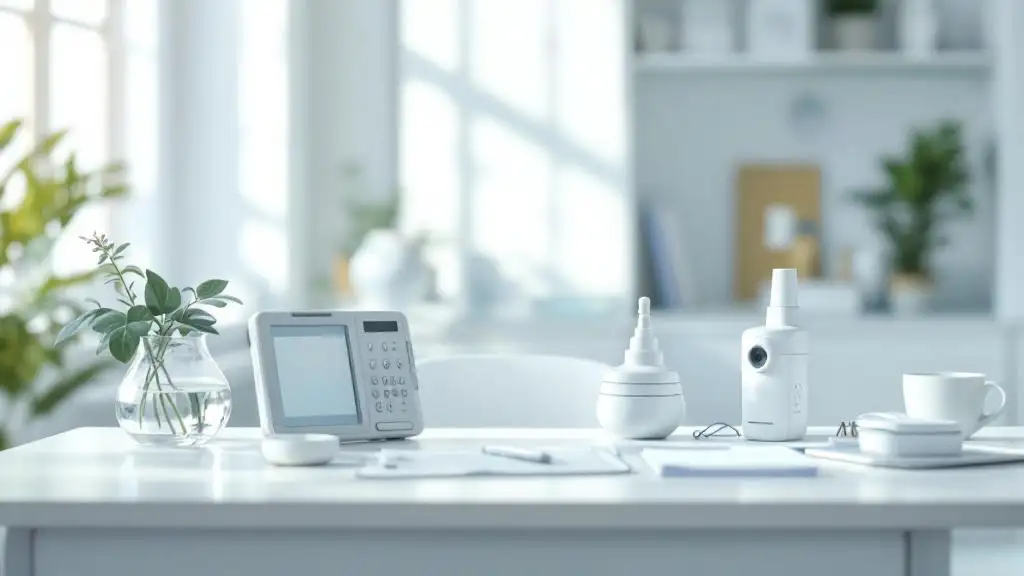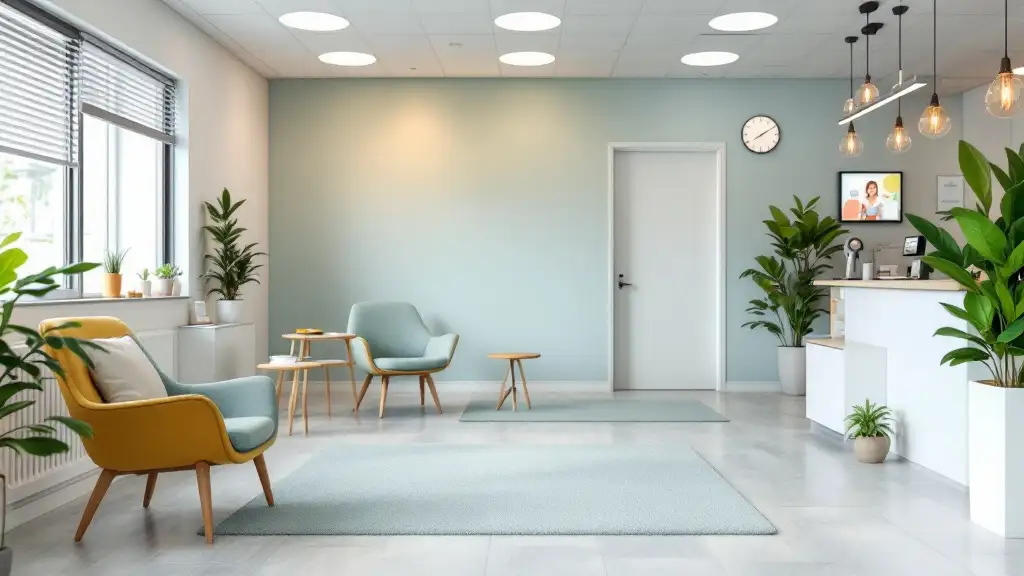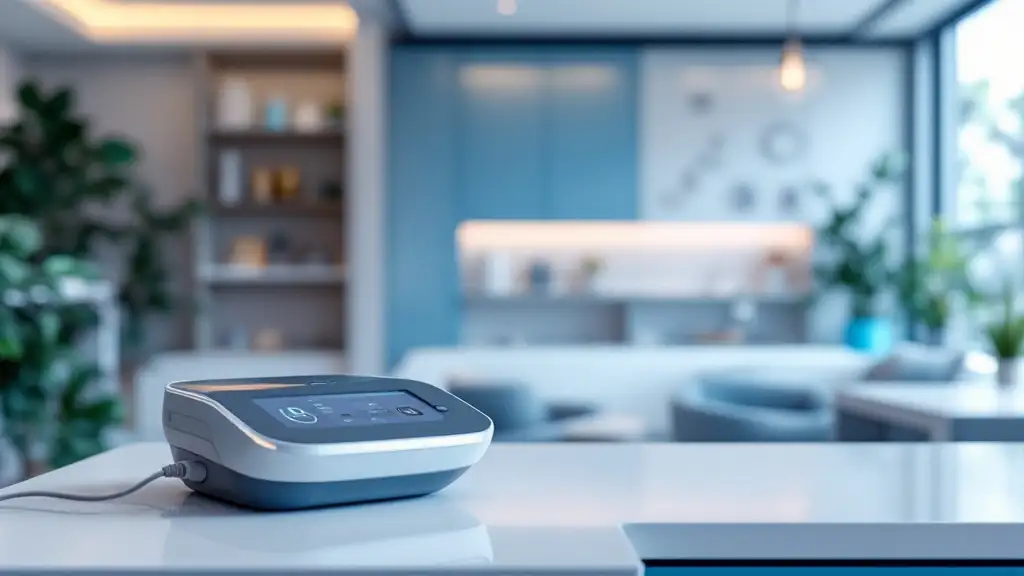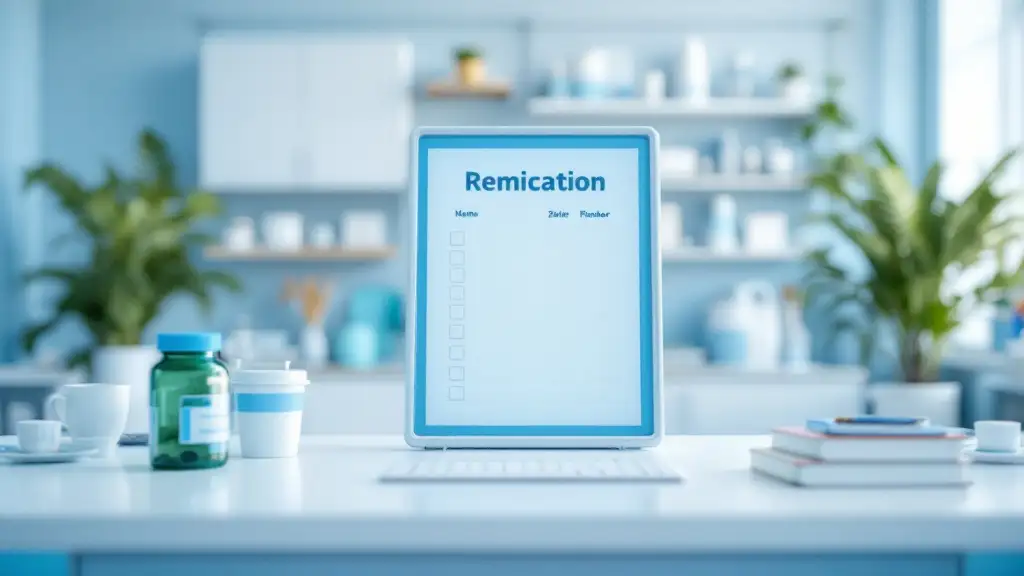Embracing Comfort and Confidentiality in Online Psychiatry
The rise of virtual psychiatric sessions has revolutionized how individuals access mental health support, bringing therapy directly into their homes. This approach offers significant advantages in privacy, convenience, and accessibility, fundamentally changing the landscape of mental health care amid technological advancements and global health challenges like the COVID-19 pandemic. Understanding how these services work, ensuring private environments, and evaluating their effectiveness are crucial for maximizing benefits and fostering trust in virtual mental health support.
How Virtual Psychiatric Sessions Work and Their Effectiveness
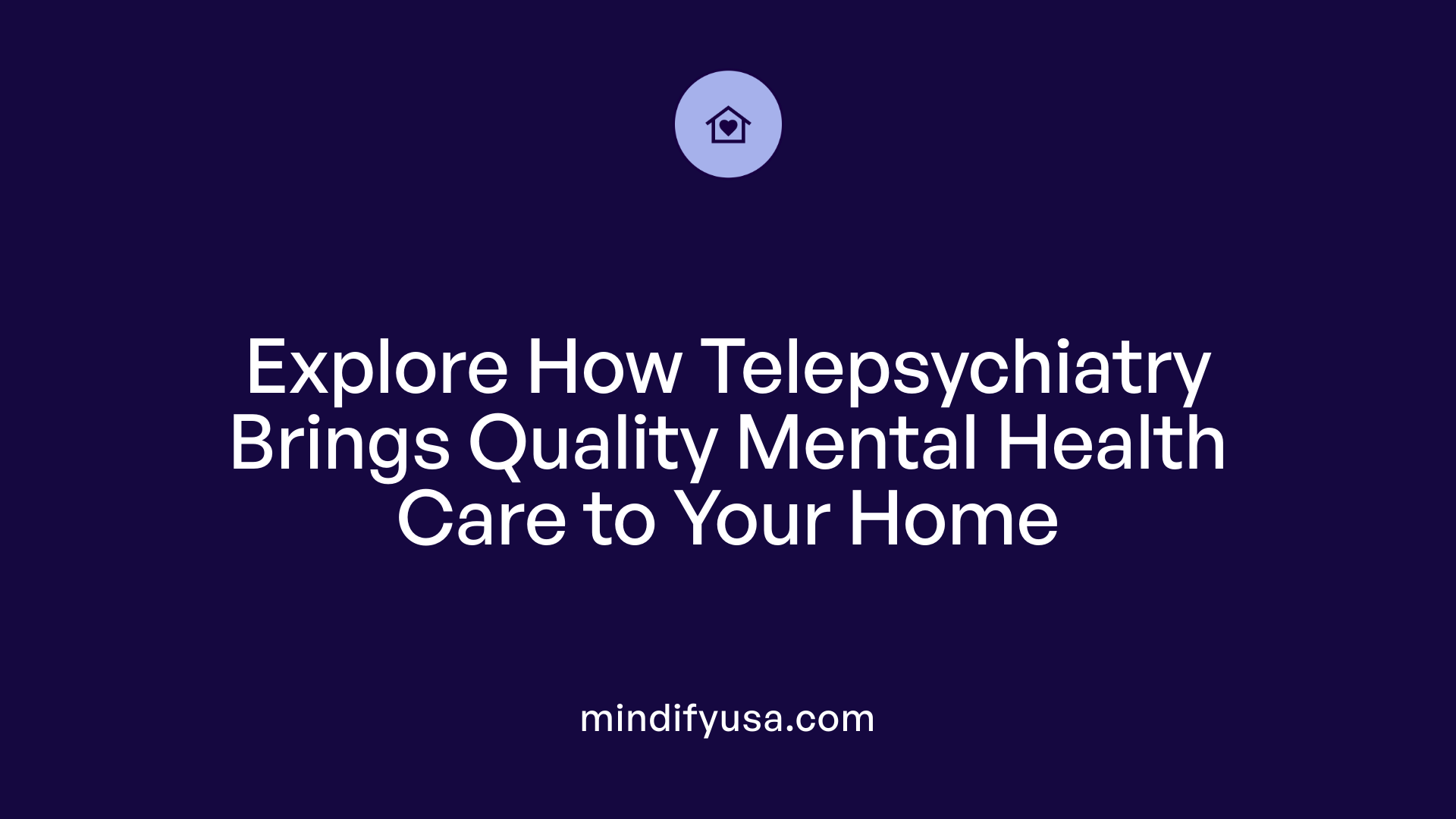
Overview of telepsychiatry and virtual therapy tools
Virtual psychiatric sessions, also known as telepsychiatry, involve mental health professionals providing care through secure digital platforms. These tools include video conferencing, secure messaging, phone calls, and even email. The platforms used are HIPAA-compliant, ensuring that patient confidentiality and data security are maintained. This technology allows patients to connect with licensed psychiatrists, therapists, and nurse practitioners from their homes or other private spaces, offering an effective alternative to in-person visits.
Types of virtual services offered (video, phone, messaging)
Patients can choose from various virtual communication formats based on their comfort and needs. These include:
- Video calls: Real-time face-to-face interactions using secure platforms.
- Phone calls: Audio-only sessions ideal for those with limited internet bandwidth.
- Messaging and email: Continuous written communication for check-ins, medication questions, or additional support. These flexible options support a wide range of mental health services, such as assessments, therapy, medication management, and follow-up care.
Conditions treated effectively through virtual care
Many mental health conditions respond well to virtual therapy and psychiatric support. These include:
- Anxiety disorders, including Generalized Anxiety Disorder and Panic Disorder
- Depression and mood disorders
- Post-Traumatic Stress Disorder (PTSD)
- Attention Deficit Hyperactivity Disorder (ADHD)
- Bipolar disorder
- Obsessive-Compulsive Disorder (OCD)
- Schizophrenia (for medication management and ongoing support) Research shows that virtual treatment can be just as effective as in-person therapy for these conditions, especially when delivered by trained providers using secure platforms.
Research supporting effectiveness and patient satisfaction
Numerous studies affirm the efficacy of virtual mental health services. Research indicates that virtual therapy often yields outcomes comparable to traditional face-to-face care, with around 90% of patients reporting symptom relief. It also tends to increase attendance and adherence, as the convenience reduces obstacles like travel and scheduling conflicts. Patients frequently express high satisfaction with online services, appreciating the privacy, comfort, and flexibility they provide. Especially in rural or underserved areas, telepsychiatry bridges gaps in access to care and facilitates ongoing support without the strain of commutes or waiting rooms. In sum, virtual psychiatric sessions are a trusted and effective means of delivering mental health care, supported by ongoing research and a growing base of satisfied users.
Benefits of Virtual Mental Health Care Conducted at Home
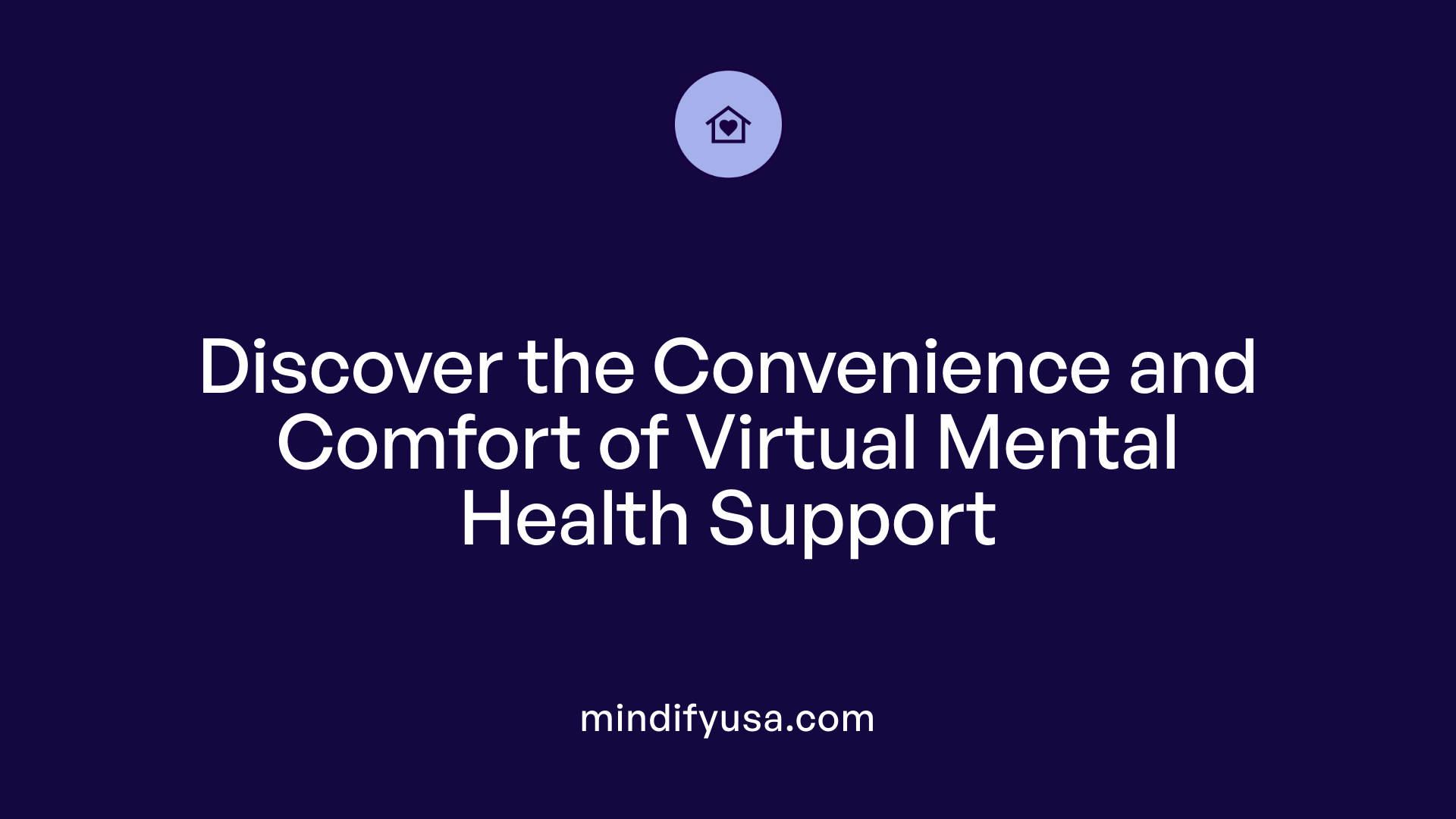
What are the benefits of receiving mental health care from home via virtual therapy?
Receiving mental health care from home through virtual therapy offers a multitude of advantages that significantly enhance the experience and outcomes for patients.
One of the most notable benefits is increased accessibility. Remote, underserved, or mobility-challenged populations often face barriers to in-person care. Virtual services enable individuals in rural areas or with limited transportation options to connect with licensed therapists, psychiatrists, and support groups without traveling long distances.
Convenience and flexible scheduling are other major advantages. Clients can choose appointment times that best fit their busy routines, including evenings and weekends, making it easier to adhere to treatment plans. This flexibility helps maintain consistency in care despite work, family obligations, or other commitments.
During emergencies or adverse weather conditions, virtual mental health services ensure continuity of care. Patients can attend sessions from the safety and comfort of their homes, avoiding travel risks or disruptions caused by snowstorms, hurricanes, or health crises like pandemics.
Privacy is a key factor in effective therapy. Being in familiar surroundings allows clients to feel more comfortable and open during sessions. This environment can reduce feelings of stigma or social discomfort that some might experience attending in-person appointments, especially in small communities.
Reduced stigma and social discomfort are significant motivators for many individuals to seek help. Virtual therapy's discreet nature can encourage more people to initiate and continue treatment, leading to better engagement and outcomes.
Finally, the convenience and accessibility of virtual therapy often lead to improved treatment adherence. Quick access, fewer logistical barriers, and the comfort of being at home contribute to consistent attendance and active participation.
In summary, virtual mental health care conducted at home makes therapy more reachable, convenient, and comfortable, fostering better engagement and more effective treatment results, tailored to individual needs and circumstances.
Ensuring Privacy and Confidentiality in Virtual Sessions
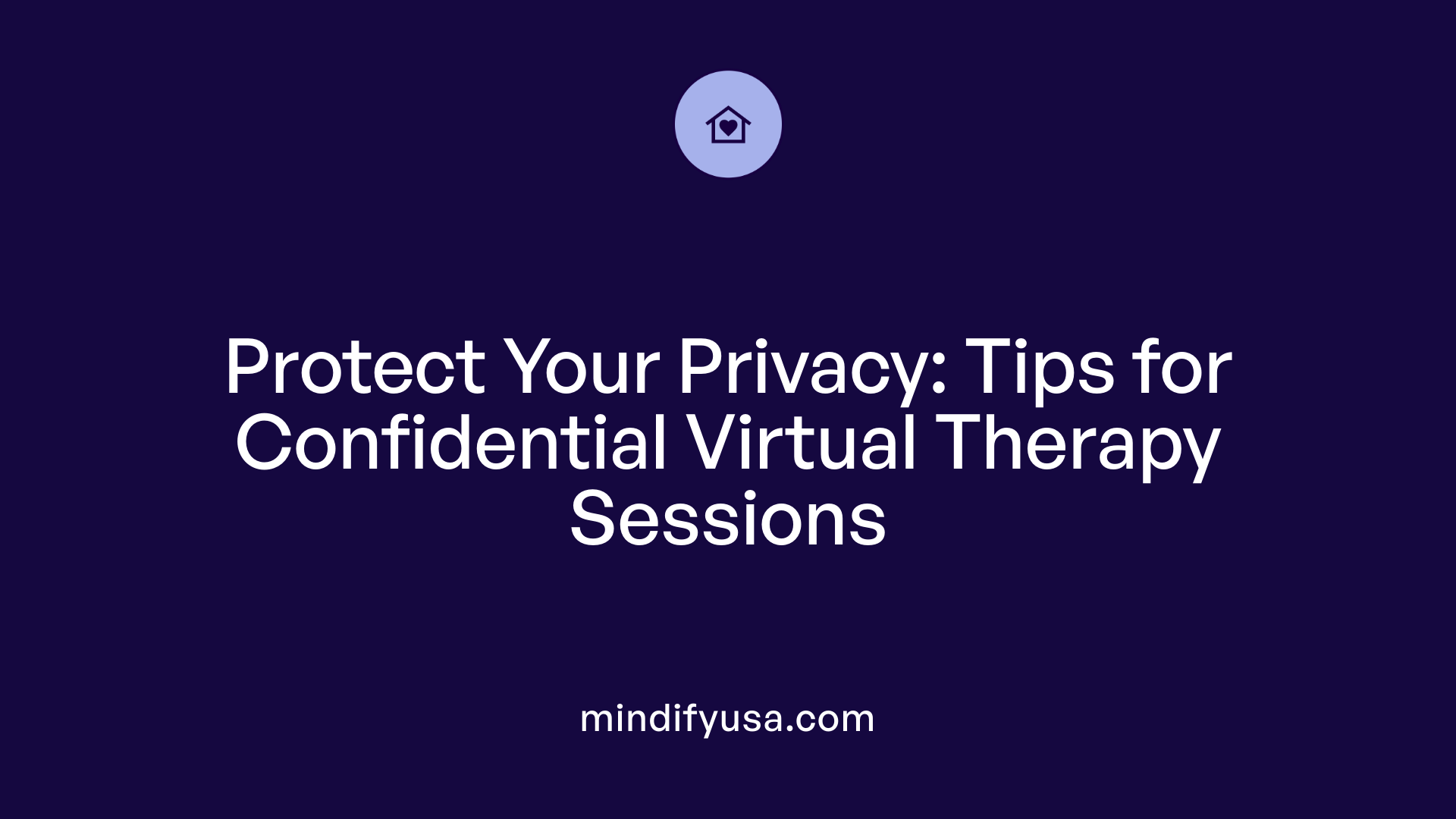
How can patients ensure privacy and confidentiality during virtual mental health sessions?
Maintaining privacy during online therapy is crucial for a safe and effective experience. Patients should start by selecting a quiet, enclosed space within their home, such as a spare room or a corner with soundproofing, where they can speak freely without interruption. Using headphones equipped with a microphone not only prevents others from overhearing the conversation but also reduces external noise, creating a more intimate environment.
Scheduling sessions at times when household activity is minimal can further enhance privacy. For example, choosing times when children are at school or other household members are out can help maintain confidentiality. If privacy at home is limited, patients can consider outdoor locations or even traveling in a car to conduct sessions where they feel more secluded.
Securing the internet connection is another essential step. Patients should use password-protected Wi-Fi networks, enable encryption, and avoid public Wi-Fi networks that could be less secure. Choosing telehealth platforms that are HIPAA-compliant ensures that the communication remains private and confidential.
Informing household members about upcoming therapy sessions allows for their cooperation in maintaining a quiet environment. Setting boundaries and requesting respect for session times can make a significant difference.
Overall, these simple precautions—like selecting the right environment, using protective accessories, and ensuring digital security—help create a private, secure setting that fosters openness and trust during virtual mental health care.
Privacy and Security Measures in Telehealth Services
Telehealth psychiatric services prioritize and implement robust privacy and security measures to protect patient information and ensure confidentiality. One of the core practices involves the use of encrypted, HIPAA-compliant platforms that safeguard the communication between providers and patients. These platforms employ Secure Sockets Layer (SSL) encryption, which prevents unauthorized access or eavesdropping during sessions.
Strict access controls and unique login procedures further enhance security. Both providers and patients are required to verify their identities through secure authentication methods, reducing the risk of impersonation or fraudulent access. Additionally, staff and patients often receive training on cybersecurity best practices, including recognizing phishing schemes, avoiding sharing login credentials, and understanding password management.
Creating a private environment for virtual sessions is vital. Patients are advised to assess their surroundings beforehand — choosing a quiet, enclosed space and using headphones can prevent overhearing or distractions. Providers may also recommend privacy measures like blinds, white noise, or scheduling sessions during times of low household activity.
Informed consent forms detail the nature of telehealth services, including potential risks to privacy, and are signed electronically before sessions commence. Patients are also educated on maintaining digital hygiene—such as avoiding public Wi-Fi networks, using secure internet connections, and regularly updating software—to prevent cyber threats.
Cybersecurity tools like firewalls, antivirus programs, and intrusion detection systems are standard in telehealth operations to protect against hacking, malware, and data breaches. Regular data backups and secure storage protocols ensure that sensitive health records are preserved safely.
Post-session, secure communication channels are used for follow-up, and protocols are in place for handling any data breaches or security incidents swiftly. Many providers carry cyber liability insurance to mitigate financial consequences associated with data breaches.
Overall, these comprehensive measures create a safe environment for virtual mental health care, fostering trust and openness essential for effective treatment.
Comparison Between Virtual and In-Person Psychiatric Services

How do virtual psychiatric services compare to traditional in-person services?
Virtual psychiatric services are increasingly recognized for their effectiveness, often matching or even surpassing traditional in-person care for many mental health conditions. Numerous studies and systematic reviews have demonstrated that telepsychiatry can yield similar improvements in symptoms for disorders such as depression, anxiety, and PTSD. Patients report high satisfaction levels, citing the convenience and comfort of receiving care from their homes.
One of the main benefits of virtual mental health services is improved accessibility. For individuals living in rural or underserved areas—where mental health professionals might be scarce—telehealth offers a practical way to connect with licensed providers across state lines. It also provides greater flexibility in scheduling appointments, reducing barriers related to transportation, time off work, or mobility issues. Cost savings are another significant advantage, as virtual visits often range from $40 to $100 per session, less than the $100–$200 typically charged during in-person visits, and eliminate travel expenses.
Despite these advantages, some limitations exist. Virtual care can make it harder for providers to observe nonverbal cues—such as body language—that can be crucial for accurate assessment and rapport building. Privacy concerns in home environments and the technology barrier remain challenges for some patients. Additionally, severe mental health conditions or cases requiring intensive physical assessments may still necessitate in-person care.
Patient preferences vary based on circumstances and comfort levels. For some, the familiarity of home and reduced stigma associated with virtual visits encourage open discussions. Others may feel that complex or severe cases benefit from face-to-face interactions, which facilitate a more comprehensive therapeutic relationship.
In-depth research shows that outcomes from telehealth are comparable to traditional services for many conditions. Patients generally report high satisfaction, noting the ease of access and the private environment that encourages honesty. While in-person services retain their importance for complex cases, virtual psychiatric care effectively expands access to quality mental health support—making treatment more accessible, flexible, and cost-effective for diverse populations.
Adopting Technology and Supporting Virtual Therapy's Growth
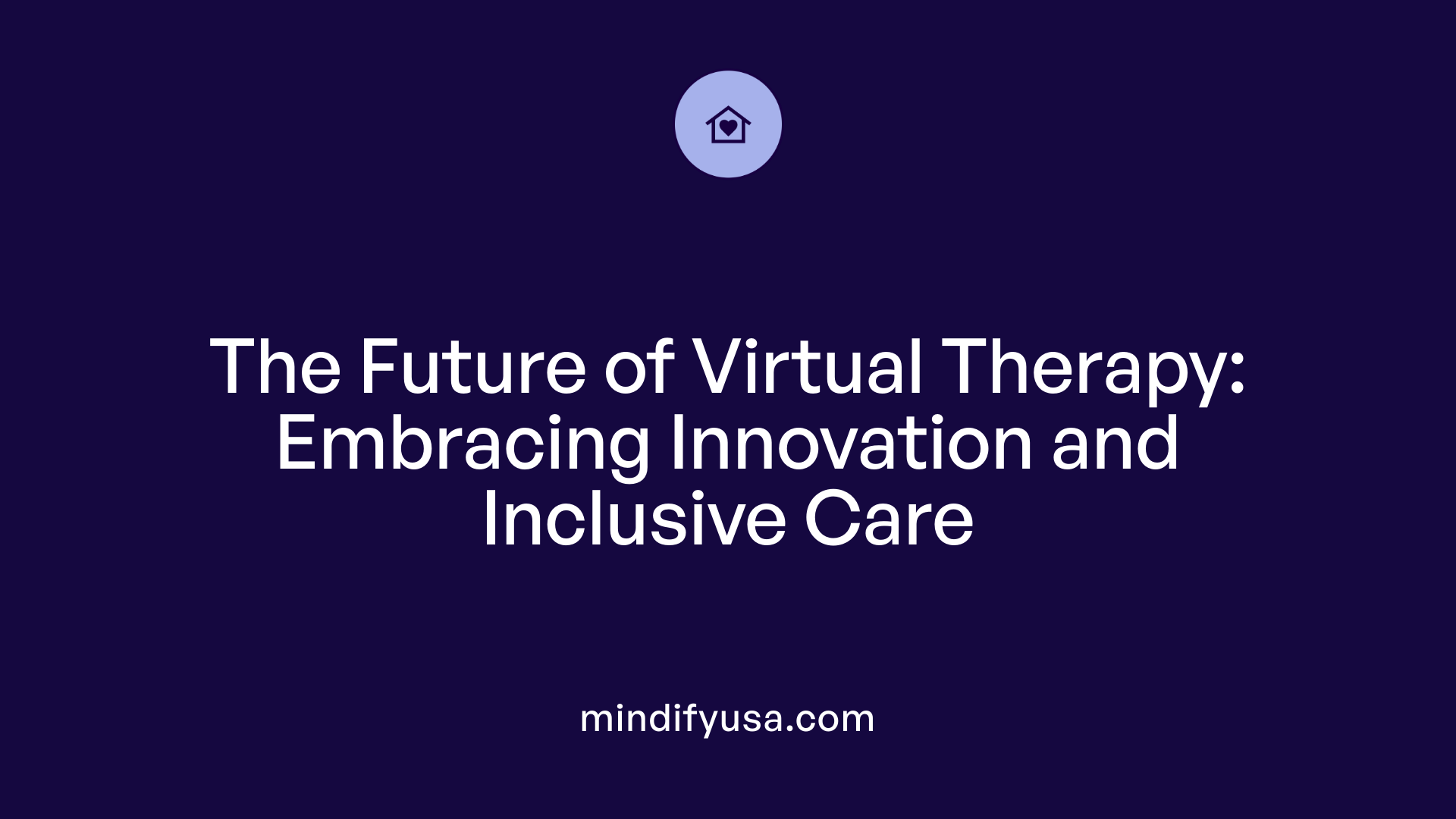 The landscape of virtual mental health care is rapidly evolving, with technology playing a crucial role in expanding access and improving quality. One prominent future trend is the integration of artificial intelligence (AI) into platforms, enabling personalized treatment recommendations, automated triage, and even virtual coaching or symptom monitoring. AI can help tailor therapy approaches to individual needs and provide continuous support beyond live sessions.
The landscape of virtual mental health care is rapidly evolving, with technology playing a crucial role in expanding access and improving quality. One prominent future trend is the integration of artificial intelligence (AI) into platforms, enabling personalized treatment recommendations, automated triage, and even virtual coaching or symptom monitoring. AI can help tailor therapy approaches to individual needs and provide continuous support beyond live sessions.
Enhanced accessibility features are also becoming standard. These include real-time captions, sign language interpretation, and adjustable user interfaces to support deaf or hard-of-hearing patients. Such innovations ensure that virtual therapy remains inclusive, reaching diverse populations regardless of physical or sensory limitations.
Blended models that combine virtual and in-person care are gaining popularity. They allow patients to benefit from the convenience of online sessions while receiving periodic face-to-face treatment when necessary. This approach maximizes therapeutic effectiveness and offers flexibility to accommodate complex or severe conditions.
Professional organizations like the American Psychological Association (APA) and the American Psychiatric Association (APA) are developing comprehensive policy frameworks and guidelines. These outline standards for secure, ethical, and effective virtual care, emphasizing confidentiality, licensing, and quality assurance.
Training is equally important. As technology advances, both providers and patients need education on using new tools safely and effectively. Providers require ongoing technical training to ensure smooth sessions, while patients benefit from guidance on privacy practices and platform navigation.
Looking ahead, future trends include innovations such as virtual reality (VR) for immersive therapy experiences, biometric integrations for real-time health monitoring, and expanded global telehealth services. These developments aim to create more personalized, accessible, and efficient mental health support, ultimately reducing disparities and broadening the reach of mental health resources worldwide.
The Digital Shift in Mental Health Support
Virtual psychiatric sessions have transformed mental health care by making it more accessible, private, and adaptable to individual needs. As technology advances and privacy safeguards improve, online therapy and telepsychiatry continue to be reliable, effective options for a wide range of mental health conditions. Ensuring patients understand privacy measures and choose secure platforms enhances their confidence and openness during sessions. Ultimately, virtual mental health support empowers individuals to seek help conveniently and confidently within the comfort of their homes, fostering a future where mental health care is more inclusive and reachable for everyone.
References
- Mental Health | MD Live
- Getting Mental Health Support Virtually - National Institute of Mental ...
- Telehealth Psychiatry | Online Mental Health Care
- Talkspace - #1 Rated Online Therapy, 1 Million+ Users
- Common Questions About Virtual Mental Health Care
- Online Telehealth Therapy from the Comfort of Your Own Home
- How Virtual Counseling is Changing Mental Health Care
- Online Therapy Vs. In-Person Therapy - Psychology.org
- Finding Privacy During Virtual Therapy | Clear Recovery Center











